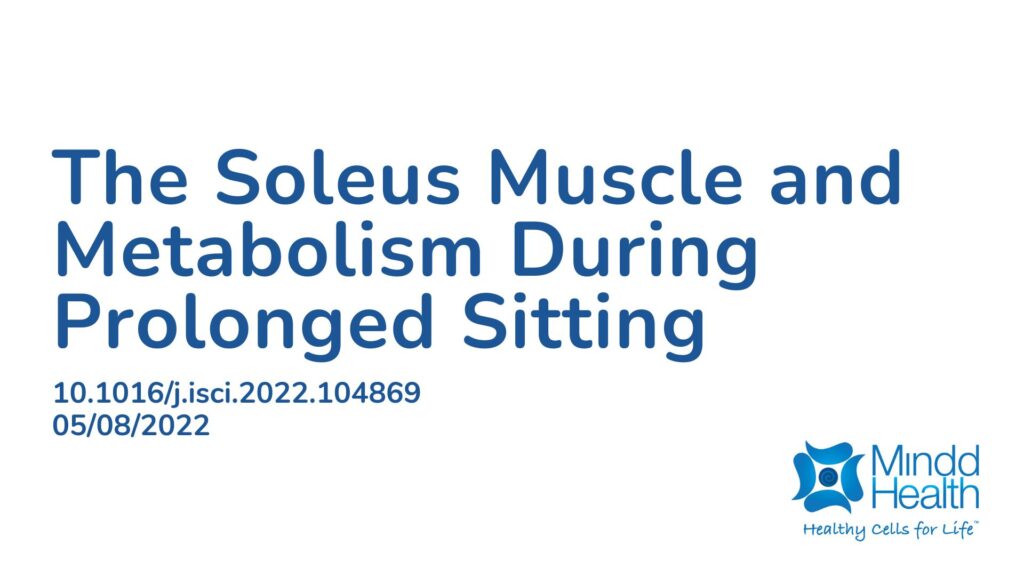Summary:
By 2010, more than half of American adults and most people over 65 had prediabetes or diabetes. Many people spend long periods sitting each day, which lowers their metabolism, especially in those at risk for type 2 diabetes or metabolic syndrome. Even in people without diabetes, high blood sugar after meals is linked to chronic diseases like heart problems, Alzheimer’s, and other metabolic disorders. When muscles are inactive, they burn very little energy. The soleus, a muscle in the calf, is designed for long-term activity. It uses fuel efficiently, can stay active with little effort, and has high capacity for burning energy. This makes it a promising target for improving blood sugar and fat metabolism, although regular exercise quickly uses its glycogen stores, limiting long-term benefits. This study tested whether keeping the soleus active for long periods while sitting could increase its energy use and affect whole-body metabolism. The results showed that prolonged activation of the soleus does raise local metabolism and may help improve post-meal blood sugar and fat metabolism, offering a new way to reduce the negative effects of sitting for long periods.
Abstract:
Slow oxidative muscle, most notably the soleus, is inherently well equipped with the molecular machinery for regulating blood-borne substrates. However, the entire human musculature accounts for only ∼15% of the body’s oxidative metabolism of glucose at the resting energy expenditure, despite being the body’s largest lean tissue mass. We found the human soleus muscle could raise local oxidative metabolism to high levels for hours without fatigue, during a type of soleus-dominant activity while sitting, even in unfit volunteers. Muscle biopsies revealed there was minimal glycogen use. Magnifying the otherwise negligible local energy expenditure with isolated contractions improved systemic VLDL-triglyceride and glucose homeostasis by a large magnitude, e.g., 52% less postprandial glucose excursion (∼50 mg/dL less between ∼1 and 2 h) with 60% less hyperinsulinemia. Targeting a small oxidative muscle mass (∼1% body mass) with local contractile activity is a potent method for improving systemic metabolic regulation while prolonging the benefits of oxidative metabolism.
Article Publication Date: 05/08/2022
DOI: 10.1016/j.isci.2022.104869



